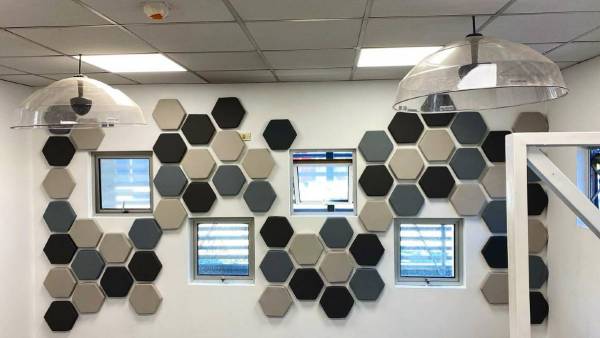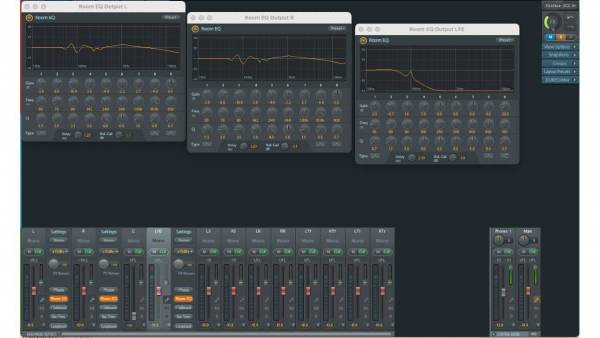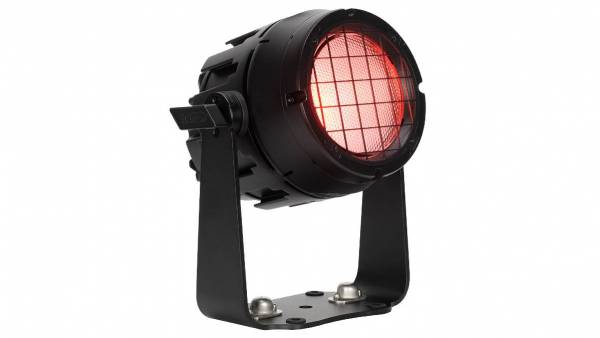
Space tourism is already a reality, but this industry does not cease in its advances, since long ago the construction of space hotels is being experimented, which will be in operation in the short term.
The company Bigelow Aerospace is the forerunner in this modality, since since 2006 it has a space module in orbit.
The project for space hotels:
In 2006 the inflatable module, Gemini I, was launched from Siberia. This small module of 3×2.4m, is made of carbon fiber, which is able to resist the impact of space debris and micrometeorites. The module was launched 500km from the earth to test its endurance.
This project is part of the research tests aimed at the construction of a hotel. This hotel would be supplied with solar energy and would have a system for the coupling of spacecraft. The module would have an interior volume of one thousand five hundred cubic meters and a weight of one hundred tons.
The project known as CSS Skywalker would be inaugurated in 2015.
The company Bigelow plans to incorporate new technologies and expand the applications of its space stations for different purposes: laboratories, factories, space hotels among others.
Features of the project for space hotels:
These expandable modules allow them to be sent into space in folded packages, which would expand when passing through the atmosphere.
This technology has as its antecedents the NASA tests of the 60s, when they tested their communication satellites. These experiments led to the Transhab project, which was an inflatable space station, a project that was canceled. Bigelow Companies acquired the rights to this project to continue researching in this field.
The walls of these modules are formed by several layers, the interiors are made of plastic, which allows to maintain the interior pressure and shape the module. The outer layers are made of kevlar and vectran, synthetic materials of enormous resistance, which alternate with layers of foam rubber. The shield has a total thickness of about 40cm and its braking capacity is similar to that of an aluminum shield of 12cm thick, which makes them more resistant than traditional modules against impacts.
The module will feature a propulsion module and will be mated to a Falcon 9-type rocket.

























Leave your comment